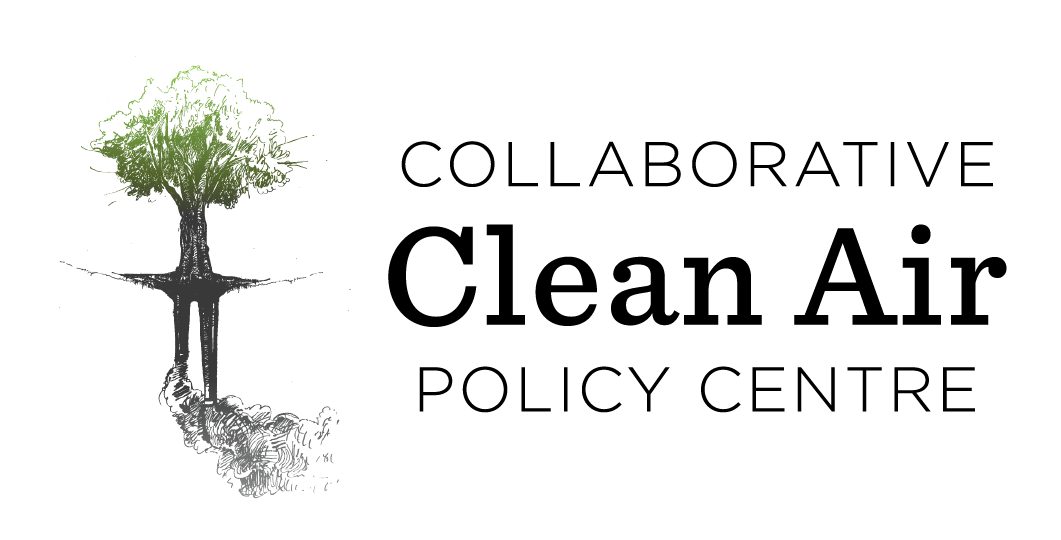The Contribution of Household Fuels to Ambient Air Pollution in India – A Comparison of Recent Estimates
Policy Brief: The Contribution of Household Fuels to Ambient Air Pollution in India – A Comparison of Recent Estimates. Sourangsu Chowdhury, Zoe A Chafe, Ajay Pillarisetti, Jos Lelieveld, Sarath Guttikunda, and Sagnik Dey. Edited by Santosh Harish and Kirk R. Smith. Reviewed by Andrew P. Grieshop. Download PDF.
Executive Summary. What is the single largest source of air pollution exposure in India? You would be perhaps surprised to find that the answer, with a near consensus in the published scientific literature, is neither transportation nor stubble burning. Instead, it seems to be the millions of households across the country burning solid fuels like firewood in their homes for cooking,heating and other energy services.The resulting pollution not only has an enormous health impact on the households themselves, but it likely accounts for a quarter to a third of ambient air pollution across the country.Working towards ensuring universal access to cleaner fuels like LPG should therefore be one of the pillars of India’s pollution control efforts.
When families burn solid fuels (like wood, dung and agricultural waste) in their homes, various kinds of air pollutants are generated. One of the many pollutants emitted by this combustion of solid fuels is fine particulate matter (PM2.5, particulate matter with aerodynamic diameter <2.5 μm). Exposure to PM2.5 has been shown to cause a range of serious health problems, including respiratory and heart disease, and can lead to early death.
Household air pollution (HAP) is the term given to emissions of PM2.5 that are generated from household solid fuel burning. People are exposed to HAP in homes where solid fuels are burned. Exposure to HAPindoors, near the source of the pollution, is estimated to result in approximately 800,000 premature deaths per year in India alone. HAP emitted indoors goes outdoors and is a leading contributor to outdoor ambient air pollution. Other major sources of ambient air pollution in India include road transport,the industrial sector,open biomass burning,coal-fed power plants,brick kilns,and construction dust. Exposure to all ambient PM2.5 is estimated to result in approximately one million premature deaths annually in India.
There have been seven published scientific studies to date that model the proportion of ambient air pollution in India and associated deaths caused by HAP. From these studies, we find that HAP causes at least 22% and as much as 52% of ambient PM2.5 in India. The median estimate from these studies is about 30%. Other sources like transportation, power plants, and industries are estimated to contribute less towards ambient PM2.5 than HAP (Figure 1). Of course, within cities, especially highly polluted ones like Delhi, sources like transportation and construction dust can contribute more locally.
There is a wide range of estimates in the literature. This spread results from differences in (1) the way that air pollution models account for specific types of air pollution and chemistry (aerosol and trace gas chemistry, meteorology, and other PM2.5 formation factors); (2) the resolution of the model (geographic grid size), and (3) the years considered in the model. The definition of residential emissions also differs between studies, with emission inventories including varying combinations of cooking, heating, and lighting emissions, and some that also couple commercial emissions with residential emissions. Such differences in inputs and modeling methods are not unusual in scientific studies.
Even the lowest of the estimates of contribution of HAP to ambient air pollution indicates that household sources contribute to a significant portion of the large public health burden from ambient air pollution. Across all studies, HAP contribution to average air pollution exposure in India is estimated to be about 60% higher than all coal use, 4x higher than open burning, and 11x higher than transportation in India. Critically, this is in addition to the substantial risk households experience directly from the combustion of these fuels. Put another way, in addition to the 800,000 premature deaths annually due to indoor exposure to HAP, approximately another 300,000 (30% of one million) can be attributed to HAP due to outdoor exposure. Cleaning up household fuel use thus both directly benefits those exposed to HAP and has broader population benefits by reducing ambient air pollution.
India needs to act on each of the major sources for air pollution levels to come closer to the national standards. Given that the median estimate of contribution of HAP to ambient PM2.5 is 30% and the lowest estimate is 22%,, reducing emissions from household solid fuel use should be a top priority for the Indian government.The Pradhan Mantri Ujjwala Yojana (PMUY) is an important policy effort in this direction. However, it is essential to look to further expand the access of LPG to more beneficiaries, and work towards ensuring sustained use of LPG by households that have already joined the programme. We should also redouble efforts—most likely, ensuring access to reliable electricity— to substitute for other household pollution sources, such as bathwater heating and kerosene lighting. Averting 1.1 million premature deaths annually need us to take bold strides towards universal access to cleaner residential fuels.
